

Birdlife has been declining in the New Zealand bush for many years, mainly due to introduced predators such as rats and stoats. Professor Dave Kelly and Jenny Ladley of the University of ...
READ MORE
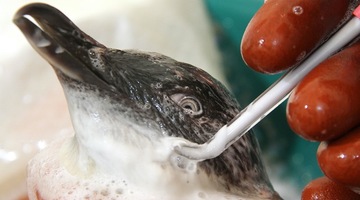
Emma Sommerville had just arrived in the Bay of Plenty from Christchurch, after experiencing the Canterbury earthquake disaster, when the Rena ran aground. Having just completed her master’s ...
READ MORE
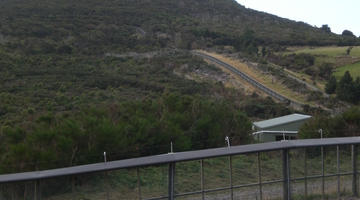
New Zealand birds evolved in isolation from natural predators for around 65 million years. When human settlers arrived, changes came rapidly, and birds were poorly adapted to withstand threats to ...
READ MORE
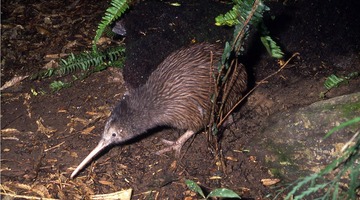
In this activity, students classify the different types of adaptations that New Zealand native birds have. Rights: Image courtesy of Ngā Manu Images Kiwi adaptations Structural adaptations that ...
READ MORE

In this activity, students gain an understanding of the importance of genetic diversity within a population. By the end of this activity, students should be able to: identify possible outcomes of ...
READ MORE

In this activity, students consider the conservation of native birds from a number of different perspectives. By the end of this activity, students should be able to: examine the conservation of ...
READ MORE
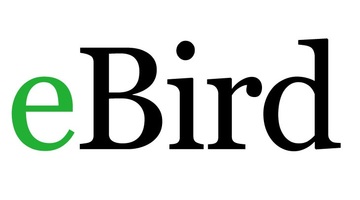
This comprehensive worldwide online citizen science (OCS) project collates bird species, numbers, locations and times of sightings into a large database. You can create a class as a user and, by ...
READ MORE
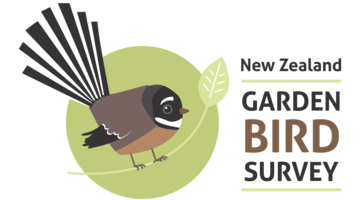
This New Zealand-based citizen science project aims to collect data about the types and numbers of common garden birds in our own backyard. This is done once annually during a particular window ...
READ MORE
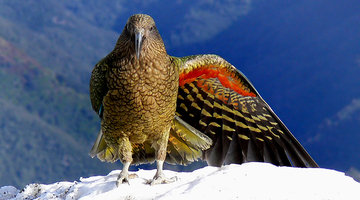
Taking part in this project helps scientists and conservationists know more about the habits of kea. Where are they? How far do they travel? Do they get around in groups? Logging sighting ...
READ MORE
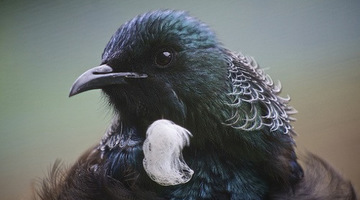
New Zealand is well known for its unique bird life. Our endemic birds evolved in an isolated, island environment. The arrival of people, the deliberate and accidental introduction of mammalian ...
READ MORE

In this online PD session recorded on 15 October 2015, primary school teacher Kim MacPherson talks about the Science Learning Hub’s resources – Conserving native birds – and how she used a ...
READ MORE
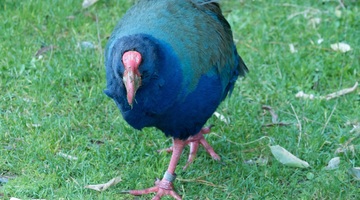
This class case study provides an example of introducing ethical thinking into the classroom to explore a controversial issue in science. It shows how the ethical frameworks in the Ethics ...
READ MORE
Many New Zealand birds have declined in numbers, so Dave Kelly and Jenny Ladley of University of Canterbury study the effect this has on native bird-pollinated plants. Dave explains the need to ...
READ MORE
The Rhabdothamnus plant relies on bellbirds and stitchbirds for pollination. Dave Kelly of the University of Canterbury explains that, where these birds are absent, the plants are not surviving ...
READ MORE
Dave Kelly of the University of Canterbury explains how some introduced birds can pollinate native flowers, but they don’t very often. His assistant Jenny Ladley helps study bird pollinators in ...
READ MORE

This slideshow allows students to consider some of the pros and cons of various methods of predator control. Use the Slideshow menu for further options, including view full screen, and go here ...
READ MORE
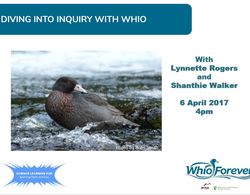
This slideshow, from the webinar Making sense of data, provides additional support for the video tutorial. Use the Slideshow menu for further options, including view full screen, and go here for ...
READ MORE
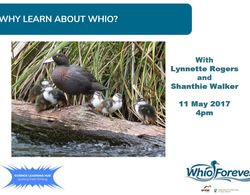
This slideshow, from the webinar Why learn about whio?, provides additional support for the video tutorial. Use the Slideshow menu for further options, including view full screen, and go here for ...
READ MORE